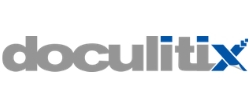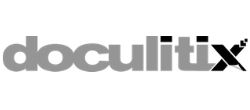
Relativity Document Review
$5 Million SavingRelativity saved nearly 28,000 hours of review time and upwards of $5 million.
We integrated Relativity’s active learning feature into the workflow to save our cost-sensitive client nearly 28,000 hours of review time and upwards of $5 million.
As an Australian company was going through a liquidation, a law firm (our client) was appointed by the insurer of the company to analyze claims made by its former directors and auditors. Working alongside the law firm to commence a proceeding against the company, we inherited a 1.4 million document dump from the liquidators—including a mix of emails, Excel files and financial reports. With little time to spare, we took an innovative approach for our cost-sensitive client.
“There were some initial challenges for us at the start of this case,” explained Rebecca Grant, executive director at icourts. “The volume of data was quite large, and we weren’t sure what we were looking for.”
With a court-mandated one-month deadline, the small team of three had to get through 1.4 million documents.
Time was a factor. With the clock ticking, we weren’t able to adopt the usual approach of looking for clues to assess case strategy and any potential exposures. We applied a combination of search terms reports and clustering to narrow down the document count. This initial strategy, coupled with near-duplicate identification, helped to cull the document count to 100,000.
“We didn’t have the luxury of time, and we couldn’t afford to have lawyers to continue to chip away at the document count,” Rebecca said.
Enter active learning. With it, reviewers only had to code 1,500 documents as the system was serving up the most relevant and responsive documents. Along the way, reviewers had real time access to responsive rates to gauge progress and accuracy.
After 11 days, we assisted the law firm in providing their findings back to their client: a small set of documents with potential issues to analyze before moving forward with case strategy.
“Integrating active learning into our workflows provides our team with a great deal of confidence,” Rebecca said. “By having instantaneous access to responsive documents, we’re not only saving our clients time and money, but we’re able to free up associate time and still meet deadlines in record time.”
Talk to one of our team to find out how we can help with your next project.

















